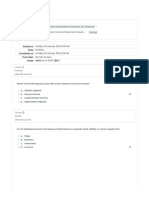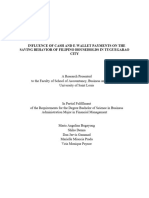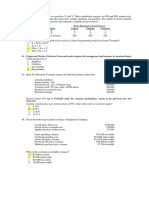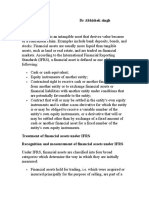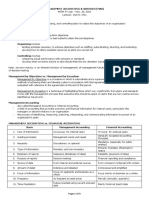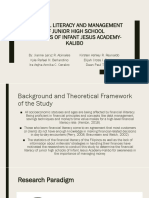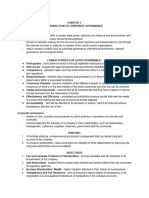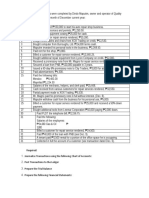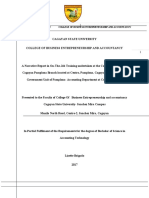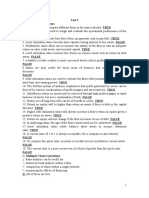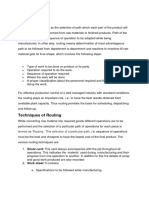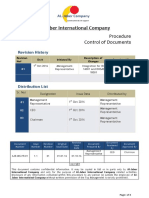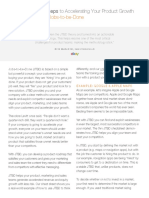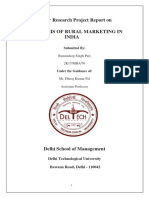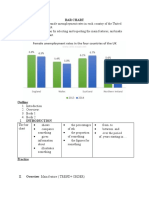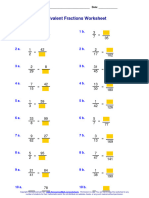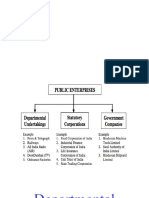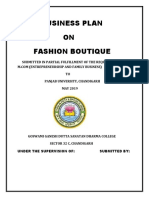0% found this document useful (0 votes)
611 views5 pagesCFMS Practice Test
The document is a practice test for the Certified Financial Management Specialist (CFMS 1) certification, consisting of 50 questions divided into multiple choice and true/false formats. It covers various financial management concepts, including capital structure, valuation methods, and market types. An answer key is provided for both sections to facilitate self-assessment.
Uploaded by
kupalkababoss71Copyright
© © All Rights Reserved
We take content rights seriously. If you suspect this is your content, claim it here.
Available Formats
Download as DOCX, PDF, TXT or read online on Scribd
0% found this document useful (0 votes)
611 views5 pagesCFMS Practice Test
The document is a practice test for the Certified Financial Management Specialist (CFMS 1) certification, consisting of 50 questions divided into multiple choice and true/false formats. It covers various financial management concepts, including capital structure, valuation methods, and market types. An answer key is provided for both sections to facilitate self-assessment.
Uploaded by
kupalkababoss71Copyright
© © All Rights Reserved
We take content rights seriously. If you suspect this is your content, claim it here.
Available Formats
Download as DOCX, PDF, TXT or read online on Scribd
/ 5





